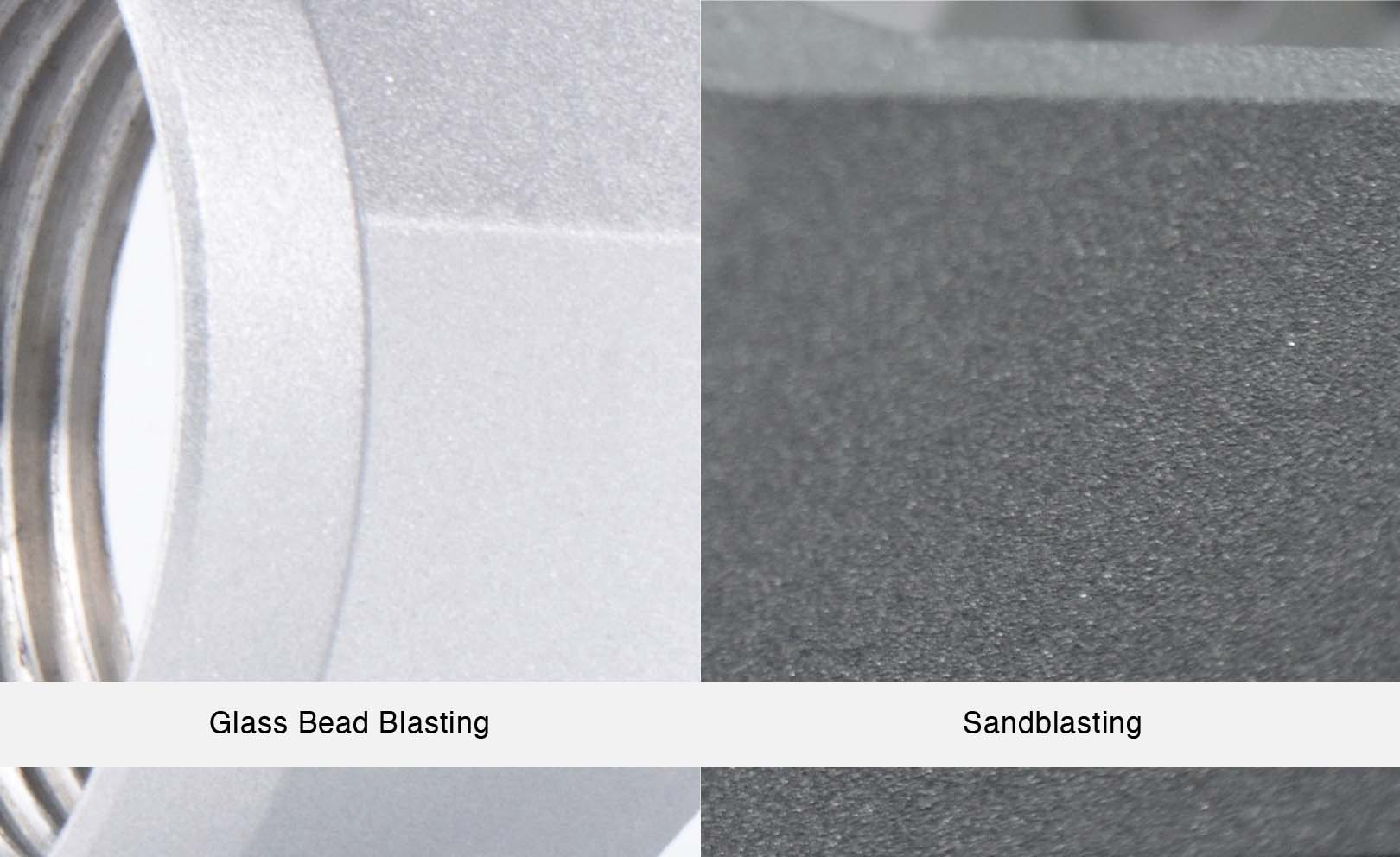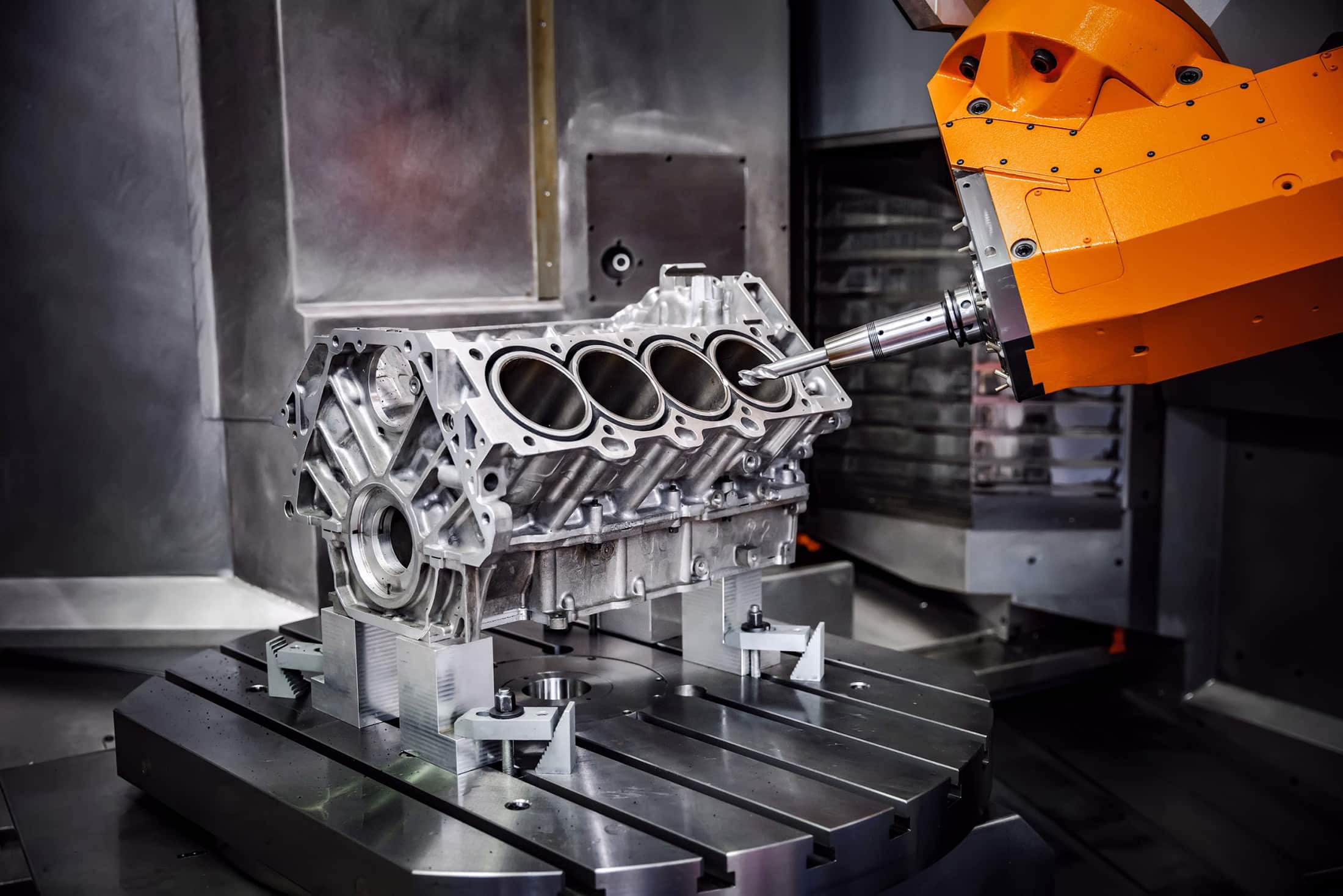Sandblasting and glass bead blasting are two widely used abrasive blasting techniques utilised for the purpose of surface preparation, removing contaminants, stripping, as well as improving the cosmetic appearance of a part.
Sandblasting and glass bead blasting are two surface finishing processes that share similarities in the method of operation. Both methods involve the use of a high-velocity stream of abrasive material directed towards the surface being cleaned or prepared. The abrasive material is propelled by compressed air or other mechanical means, and the intensity and duration of the blast can be adjusted to suit the specific application.
So, how do these two surface finishes differ from one another?
Sandblasting, as the name suggests, uses sand or other hard, sharp abrasive materials, such as aluminum oxide, silicon carbide, or steel grit, to blast away the surface layer of a material. It is a more aggressive method of surface preparation that is ideal for removing heavy rust, paint, or other stubborn coatings from metal surfaces.

On the other hand, glass bead blasting uses tiny glass beads, typically made of soda-lime glass, to gently clean and polish the surface without damaging it. It is a more precise method of surface preparation that is ideal for achieving a smooth, polished surface finish on relatively smooth surfaces, such as stainless steel or aluminum. Glass bead blasting is also used to remove tool marks, light rust or corrosion from metal surfaces.
Advantages of sandblasting over glass bead blasting
Advantages of glass bead blasting over sandblasting
Choosing between sandblasting and glass bead blasting as the better surface finish largely depends on the specific application and the desired outcome. Sandblasting is typically more aggressive, can remove thicker coatings and surface contaminants and is better suited for heavy-duty applications. Whereas glass bead blasting is more suitable for achieving a smoother and more polished surface finish without damaging delicate surfaces.
Can’t decide between the two surface finishing options? Contact an expert here today.
